Texas agriculture is showing its importance as a lead commodity-producing state. Texas has more agricultural farms than any other state in the country. Agriculture in Texas is one of the important sectors. The state is one of the largest livestock producers, including cotton, sheep, goats, hay, and horses, as well as major crops such as vegetables, fruits, etc. Tractors, mechanical harvesters, and multiple harvesters have virtually eliminated the menial tasks traditional to farming for many years. Below are the agriculture facts about Texas.
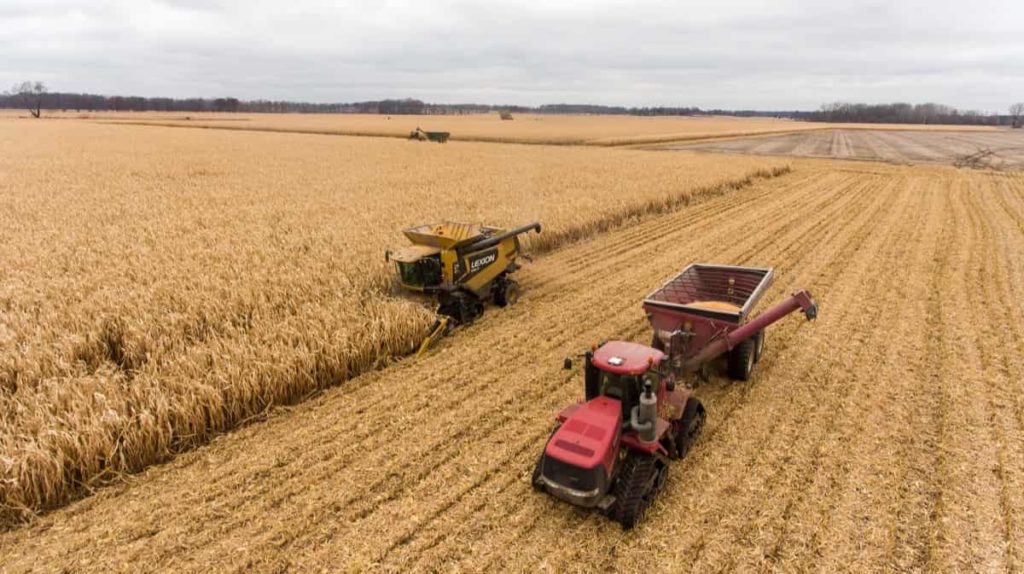
What are the top 10 agricultural commodities in Texas?
- Cattle, $12.3 billion
- Cotton, $2.6 billion
- Milk, $2.1 billion
- Broilers, $2.9 billion
- Corn, $1.2 billion, Greenhouse, $838 million
- Forestry, $859 million
- Eggs, $506 million
- Sorghum, $486 million
- Vegetables, $352 million
- Wheat, $276 million
What are the top 5 agricultural products produced in Texas?
- Beef cattle and calves,
- Cotton,
- Broilers (young chickens),
- Greenhouse and nursery products, and
- Dairy products.
- Some of the top crops in the state include vegetables, Citrus, Corn, Wheat, Groundnut, Pecan, Sorghum, and Rice.
- Cotton is Texas’ most valuable crop, producing 9 percent of the state’s total agricultural receipts and 29 percent of the nation’s Cotton revenue.
- Other field crops in Texas are Wheat, Sorghum, Corn for Grain, Hay, Peanuts, Rice, and Sugarcane.
What type of Agriculture does Texas have?
- Texas has several agriculture farms compared to other states. While the primary crops in Texas are Cotton, Corn, Rice, Wheat, and Feed Grains (Sorghum, Milo, etc.), other crops are abundant. From Peanuts to Sunflowers to Sugarcane and more crops.
- It’s no surprise that Texas produces the most beef. It is the largest producer of Cotton Fiber, Cotton Seed and wool, and mohair. The matter does not end there.
- The Lone Star leads the nation in sheep, horses, hay, and goats and ranks second in Grain Sorghum.
Changes in Texas agriculture include
- More detailed record keeping that aids management and marketing decisions;
- Further restrictions on choice or information/action;
- Precision agriculture takes on new dimensions using global positioning systems (GPS), computers, and other high-tech tools to help producers manage inputs like seeds, fertilizers, pesticides, and water.
Where is the most fertile land or place in Texas?
- This area was once fertile grassland, but the native prairie has been replaced by farming and development.
- Blackland soil is still considered the most fertile soil in the state of Texas because of its high calcium content.
How many acres are considered farmland in Texas?
- Regarding farms specializing in beef cattle operations, a farm is considered to be a farm on about 440 acres.
- Small family farms are considered small farms on about 200 acres of land.
- A large family agriculture farm is considered a large field of 1,400 acres.
What are the agricultural regions in Texas?
East – Includes East Texas, typified by sandy soils, high crop production by small farms and family operations, and multiple cow/pasture operations.
In case you missed it: Watermelon Farming in Texas: How to Start, A Step-By-Step Growing Guide for Beginners
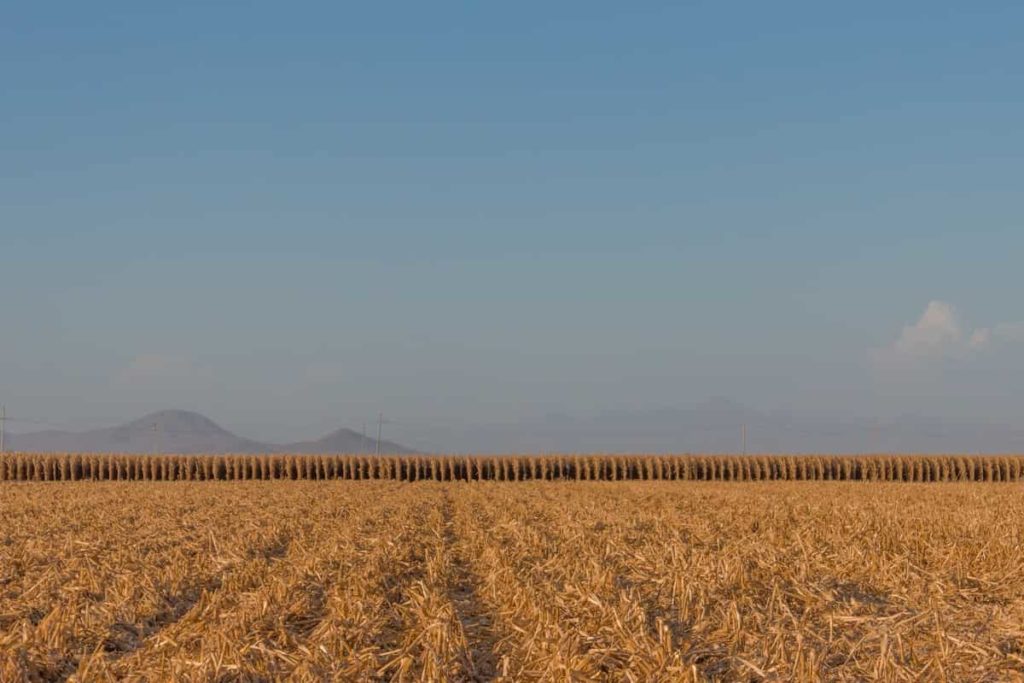
Lower Rio Grande Valley – The largest vegetable region in the state; the four southernmost counties are included. A wide variety of crops for fresh and processing markets, including citrus and early-season vegetables for early market windows and crops of Cotton, Grains, Sugarcane, and other crops. Intense pest pressure is almost year-round.
Winter Garden and Southcentral – Consists of the Winter Garden and Uvalde area, a highly irrigated area west and south of San Antonio and the Hill Country. It extends north to Abilene and south to the Lower Rio Grande Valley. Diverse dryland and irrigated crop production are interspersed across extensive rangeland and beef production areas.
Panhandle-Plains – Producers in the region grow a wide variety of field crops. Corn, Cotton, Wheat, Sorghum, Vegetables, Triticale, Hay, Silage, and Peanuts, to name a few.
Far West Texas – Crops include Cotton, Grains, hardy vegetables, and other horticultural crops grown on burned soils in a high desert environment. The importance of these regions is certainly due to the diverse climate and agricultural landscape.
How many bushels of corn can you get per acre in Texas?
Texas corn production exceeds 2 million acres planted annually. Yields average 105 bushels per acre.
Which region of Texas would benefit the most from irrigation?
- The High Plains is the largest irrigated area in the USA and represents about 65 percent of all Texas irrigation.
- An abundant water supply and its flat terrain make the coastal plains ideal for farming and ranching. San Antonio, Dallas, and Austin are some of the larger cities.
- Irrigation has an important factor in crop production. Crops and livestock have led to major changes in production areas, such as the concentration of cotton in the high plains and increased cattle production in central and eastern Texas.
- Pest and disease control practices have improved, and herbicides are relied upon for weed control.
What is the number one agricultural crop in Texas?
Cotton has been an important crop in Texas. Texas has led all states in cotton farming most years, and today Texas’ annual cotton crop accounts for about 37.5 percent of the total production in the United States. The annual Texas cotton crop averages 5.8 million 480-lb.
Is Texas good for farming?
- Texas is an agricultural state with an annual farm income of $24.9 billion and approximately 132 million acres of agricultural land.
- From December to March, there are no long crops in the state. Wheat crop peaks in June-July, while maize and cotton are harvested a little later (August-December). However, there are occasional exceptions to every rule, and we’re happy to try and find any crop, any time of year.
- In addition to crops, there are also many orchards of fruit, Olives, and Pecan, and a growing number of beautiful vineyards. The Rio Grande Valley has various vegetable and citrus farms annually.
How much does an acre of farmland cost in Texas?
The average Texas farm cost is approximately $2,120 per acre. The average cost per acre was $1,930 for cropland and $1,660 for pasture. Texas has about 127 million acres of farmland and about 247,000 farms. The average farm size is approximately 514 acres.
What region in Texas is best for farming?
Coastal plains change from being completely flat to rolling hills. Home to more Texas than any other natural region. An abundant water supply and its flat terrain make the coastal plains ideal for farming and ranching.
Is Texas soil good for crops?
- Limited soil moisture, the constant risk of wind erosion, and irrigation water management are major soil management problems. Still, this region is Texas’ largest producer of three major crops: Cotton, Sorghum, and Wheat.
- Blackland soil is still considered the most fertile soil in the state of Texas because of its high calcium content. However, the best agricultural soils in Texas are mollisols, which make up a large portion of the soil in the Texas Plains. Mollisol is a dark brown color. It is due to adding fresh organic matter each year and sticking to the top.
- There are mainly 12 recognized soil orders in the world. Of these, nine are in the state of Texas. There are over 1,300 soil series in Texas, and each series is classified into one of these nine soil orders.
In case you missed it: Guide to Growing Okra/Bhendi in Texas: For Beginners, Soil Preparation to Harvest
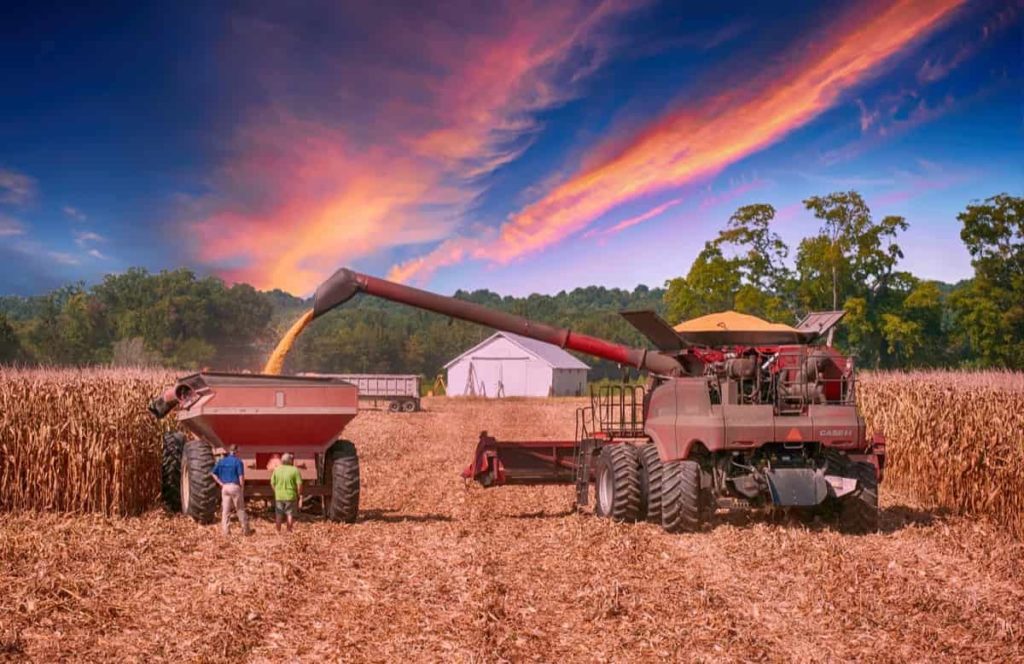
What does the Texas Department of Agriculture do?
In 1907, the Texas Legislature established the Texas Department of Agriculture (TDA). The objectives of this agency are to promote production, economic development, agriculture, consumer protection, and healthy living. The Commissioner of Agriculture oversees the agency and is elected every four years.
Is Texas soil acidic or alkaline?
Values below 7.0 are acidic, while values above 7.0 are alkaline. Therefore, if the soil pH is 7.0, it is classified as neutral. Soil pH in Texas is typically between 4.5 and 8.5, but exceptions exist.
Is Texas a good place to grow vegetables?
- Texas gardeners can grow delicious, nutritious vegetables year-round.
- Beets, Lettuce, Mustard Greens, Radishes, and Carrots are all frost-tolerant vegetables that can grow well in Texas.
- Once you plant your seeds, they are watered daily for two weeks until the roots are mature enough to support plant growth.
- Beets, Lettuce, Mustard Greens, Radishes, and Carrots are all frost-tolerant vegetables that can grow well in a fall vegetable garden in Texas.
What fruit grows well in Texas?
- Although varieties of fruit and nut trees can be grown in our ecoregion, some of the more successful large fruit crops include Figs, Peaches, Plums, and Pomegranates.
- Blackberries and Grapes are the easiest small fruit crops to grow here.
- Blackberries are the easiest of all small fruit crops to grow in Texas. They produce well on various soils as long as the drainage is good.
- Depending on the production system, short-day strawberries in Texas typically grow from late February through May or early June.
- The leading fruits grown in Texas are Watermelons, Grapefruit, and Cantaloupes.
What are the principal crops in Texas?
Major crops grown in Texas include Cotton, Sorghum, Rice, Wheat, Corn, Hay, Silage, and many others.
Cotton – Cotton has been an important crop in Texas for over a century. It is the raw material for processing operations at oil mills, compresses, and to a lesser extent, textile mills in Texas. Cotton is harvested by machine in Texas. Most of Texas’ cotton crop is exported.
Grain Sorghum – Most grain is exported or used in livestock and poultry feed across the state.
Rice – Rice, grown in about 20 counties on the Texas coastal prairie, has for many years been the third most valuable crop in Texas. Rice farms are mechanized, producing rice through irrigation and using aircraft for planting, fertilizing, and applying pesticides and herbicides.
Wheat – Wheat is one of the most valuable cash crops in the state. Wheat pastures also provide plenty of winter fodder for cattle, which is reflected in the value of the cattle produced. Most of the wheat acreage in Texas is of the hard red winter class. However, due to the development of improved disease-resistant varieties and the use of wheat for winter pasture, acreage has increased substantially in central and southern Texas.
Corn – Corn production has increased since the 1970s as yields have improved with new varieties. After the original grain harvest, corn acreage decreased as grain sorghum cultivation increased. Grain is mainly used for livestock feed, but other important uses are in ethanol and food products.
Hay, silage, and other forage crops – Many Texas agricultural land is devoted to foraging crop production. This area produces fodder requirements and essentially provides the total feed requirements for most of the state’s domestic livestock population and game animals. In addition, about 87.9 million acres of pasture and rangeland, primarily in the western half of Texas, provide pasture for cattle, sheep, goats, horses, and game animals.
In case you missed it: Corn Farming in USA: How to Start, Production by State, and Cultivation Guide
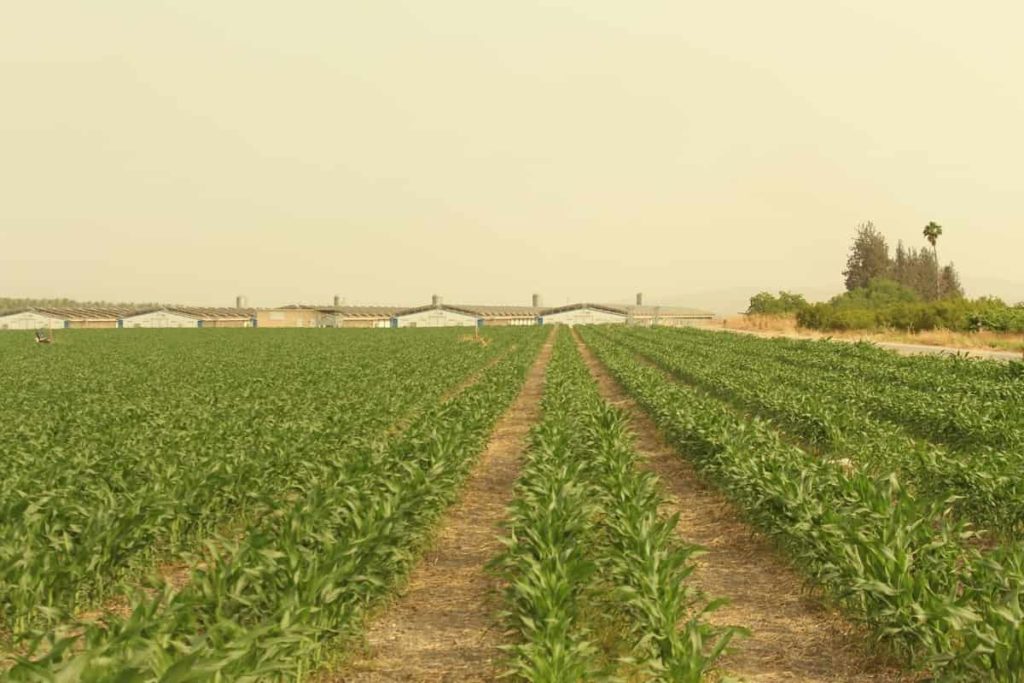
What kinds of apples grow in Texas?
- In Texas, there are mainly three varieties of apple trees that do exceptionally well, Golden Delicious, Red Delicious, and Gala apples. These apple trees grow best in the eastern part of Texas with moderate rainfall and enough sun to keep the soil dry. These apples usually ripen between September and October.
- Fig trees are known for their beautiful deep purple color. These trees are an excellent addition to any garden and are well adapted to the harsh Texas heat. Fig trees grow best in central Texas, where there is plenty of sunlight, short winters, and hard soil.
- Apricots produce brilliant white flowers with red or pink centers that signal fruit is on its way. The fruit that follows these beautiful flowers is orange and yellow and very smooth to the touch. These trees do best in cool (cool for Texas) climates like North and North Central Texas.
- Persimmons are Texas’ versatile fruit trees. Persimmons can grow anywhere and under any conditions. These are resistant to most plant diseases and do not attract moths or other pests, which can be difficult for newcomers to the gardening world to handle.
What vegetable is Texas famous for?
The Lone Star State’s most popular Onion is extremely sweet and contains very little pyruvate. As a result, onions are now the largest vegetable crop in Texas.
What is the most valuable crop in Texas?
- Texas staple vegetables include Onions, Potatoes, and Cabbage (Texas is the nation’s largest producer of Cabbage).
- Texas is a leading producer of pecans. Mushrooms are farmed commercially in the state. Cotton accounts for the largest share of all crops grown in Texas, accounting for 9% of the state’s agricultural receipts. It has been an essential crop in our state for over 100 years.
- As the top cotton-producing state in the United States, Cotton production is also an important part of the national economy.
- Texas gardeners can grow delicious, nutritious vegetables year-round.
- Plant tall growing crops (Okra, Staked Tomatoes, Pole Beans, Sweet Corn) on the north side of the garden where they will not be shaded or obstructed by shorter growing crops such as Radishes, Leaf Lettuce, Onions, and Bush Beans.
- The main fruits grown in Texas are Watermelons, Grapefruit (The Official State Fruit), and Cantaloupes. The staple vegetables of Texas include Onions (the official vegetable), Potatoes, and Cabbage.
- Texas is the number 1 producer of Cabbage in the state.
What plants grow in spring in Texas?
- Plant in March: Spinach, Radish, Lettuce, until mid-April.
- Late March – Plant Snap Beans, Cucumbers, Sweet Corn, Lima Beans, Mustard, Tomatoes, and Squash when soil temperatures are warm enough for all varieties.
What grows in Texas in the summer?
- Unlike winter season crops, the selection of the best summer vegetables to grow in Texas is much more diverse. You can enjoy planting Peppers, Okra, Squash, Cucumbers, Eggplant, and Corn in the summer vegetable garden. Plant the vegetable seeds after the last frost, then water daily for two weeks.
- Late summer begins a second growing season for these plants as well as broccoli, Brussels Sprouts, Cauliflower, Carrots, Cabbage, Greens, Irish Potatoes, and Turnips.
How did Texas increase agricultural productivity?
- Commercial broiler production, artificial insemination, improved pasture, brush control, and reduced feed requirements have significantly increased livestock and poultry performance.
- Biotechnology and genetic engineering promise breakthroughs in reaching higher levels of productivity.
- With just over 248,000 farms, the Lone Star State ranks first in the nation, with more than 127 million acres of farmland (accounting for about 74 percent of the state’s 268,581 square miles).
What is the average agriculture farm size in Texas?
The average agriculture farm size in Texas is 411 acres.
Do farmers pay property taxes in Texas?
Property taxes are the main part of the taxes that farmers and ranchers pay. However, each state has some form of preferential treatment for agricultural, conservation, or open-space land intended to protect these areas and efforts.
In case you missed it: Indian Gardening in the USA: For Home, Containers, Backyard, Vegetables, Flowers, Herbs, and Fruits
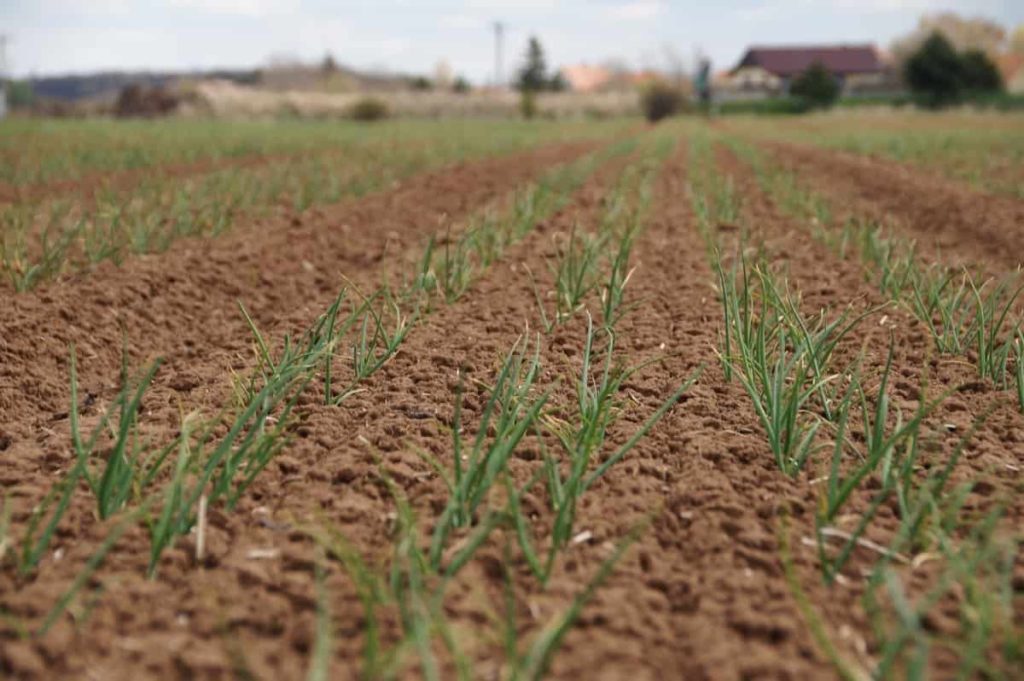
Can Lemon trees grow in Texas?
- The best time to start planting citrus trees in Texas is late winter in February. Remember that lemons are very sensitive to cold.
- The university only recommends growing citrus trees in the Lower Rio Grande Valley.
Can Bananas grow in Texas?
Trees will produce heavy fruit in frost-free areas. Banana trees can be grown in most parts of Texas. Bananas are tropical plants so they will grow well in Texas. Fruit production is favorable in warmer regions, and trees are used as ornamental specimens in cooler regions.
What kind of soil is available in Central Texas?
The black and reddish soils of Central Texas are deep, dense soils that pack tightly in bulk. As a result, they absorb water slowly and have little air space, making it difficult for plant roots to establish a foothold.
What type of soil does Texas have?
- In Texas, different soil types can include Blackland clay, sandy loam, sand, yellow clay, and burnt clay, to name a few.
- Texas soils vary from deep sandy loam to fertile, well-drained loam with heavy, black clay from layers of caliche rock. Crops grown on sandy soils generally respond to liberal amounts of potassium, while crops grown on clay soils do not.
- The best agricultural soils in Texas are mollisols, which make up a large portion of the soil in the Texas Plains. Mollisols are a dark brown color. It is due to adding fresh organic matter each year and sticking to the top. The growing soil is rich in calcium and magnesium, increasing soil mineral content.
- Many areas of Texas, mainly those with hot summers and sandy soils, require more frequent watering than other areas. A drip irrigation system is recommended.
- The Blackland region of Texas is a narrow strip that runs north to south through the east-central part of the state. Blackland soil is still considered the most fertile soil in the state of Texas because of its high calcium content.
- Deep sandy loam soils are also found in Texas. Most of the soil in this Texas is highly acidic.
What farm animals are raised in Texas?
- Texas mainly produces about 20% of the nation’s beef cattle and ranks No. 1 in the value of raised cattle. Other livestock products include broilers (young chickens) and dairy products, followed by chicken eggs and pigs. Sheep and lambs, and turkeys are also raised commercially in Texas.
- The largest source of agricultural income in Texas comes from the sale of beef cattle.
- Texas raises more Angora sheep and produces more mohair than any other state.
- Freeholders (primarily county commissioners) in a county or area within a county can petition the commissioner’s court to hold an election to find whether to allow free-ranging livestock in the county or area.
- Most livestock animals require a veterinary inspection certificate to enter Texas, although there are some specifications for different types of livestock.
In case you missed it: Livestock Farming Tips, Ideas, Secrets, Techniques
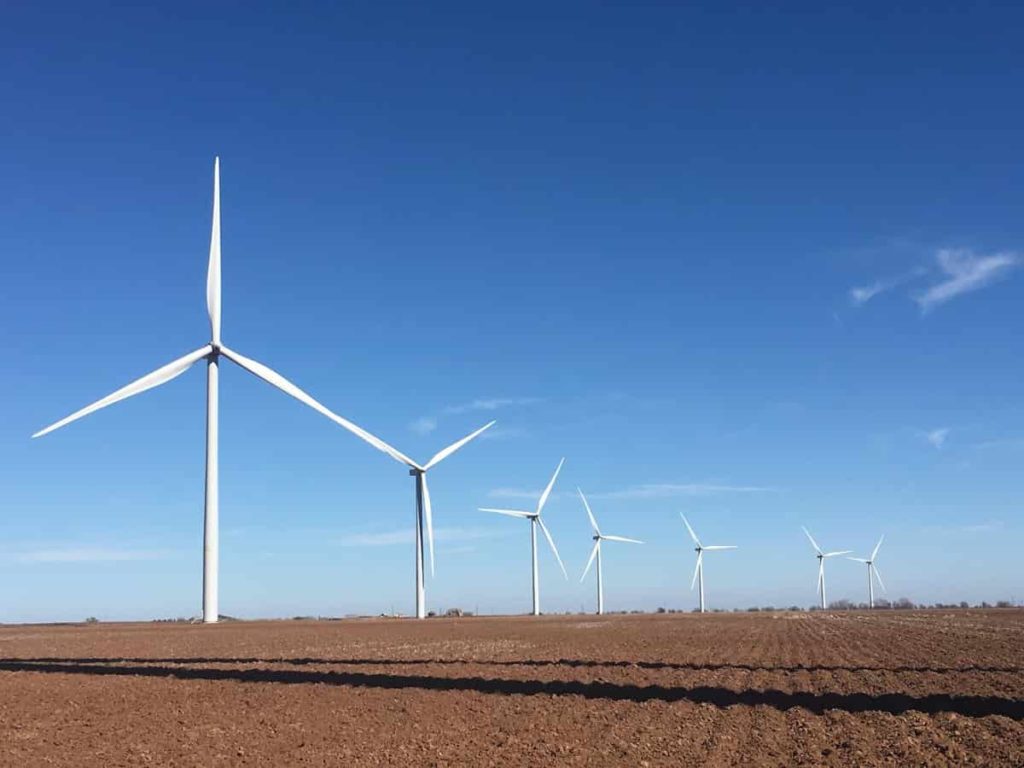
Conclusion
Texas is one of the leading agricultural commodities exporters. Small agriculture farms are increasing, but many are part-time farmers and ranchers. Farming mechanization continues as new and larger machines replace manpower. Although the price tags of the machinery are higher than in the past, the machines are technologically advanced and efficient. As a result, 86% of the land in Texans is in some form of agricultural production.
Individuals or families still run 98.5% of Texas agricultural operations. Though, the economic impact of the Texas food and fiber sector is approximately $100 billion. The above information will help start agriculture farming in Texas.
- Types of Pesticides Used in Agriculture: A Beginner’s Guide
- Economical Aquaculture: A Guide to Low-Budget Fish Farming
- 15 Common Planting Errors That Can Doom Your Fruit Trees
- How to Make Houseplants Bushy: Effective Tips and Ideas
- Innovative Strategies for Boosting Coconut Pollination and Yield
- Pollination Strategies for Maximum Pumpkin Yield
- The Complete Guide to Chicken Fattening: Strategies for Maximum Growth
- Natural Solutions for Tulip Problems: 100% Effective Remedies for Leaf and Bulb-Related Issues
- Revolutionizing Citrus Preservation: Towards a Healthier, Greener Future
- Natural Solutions for Peony Leaf and Flower Problems: 100% Effective Remedies
- Maximizing Profits with Avocado Contract Farming in India: A Comprehensive Guide
- Natural Solutions for Hydrangea Problems: 100% Effective Remedies for Leaf and Flowers
- The Ultimate Guide to Choosing the Perfect Foliage Friend: Bringing Life Indoors
- From Sunlight to Sustainability: 15 Ways to Use Solar Technology in Agriculture
- The Ultimate Guide to Dong Tao Chicken: Exploring from History to Raising
- The Eco-Friendly Makeover: How to Convert Your Unused Swimming Pool into a Fish Pond
- Mastering the Art of Delaware Chicken Farming: Essentials for Healthy Backyard Flocks
- 20 Best Homemade Fertilizers for Money Plant: DIY Recipes and Application Methods
- How to Craft a Comprehensive Free-Range Chicken Farming Business Plan
- Brighten Your Flock: Raising Easter Egger Chickens for Beauty and Bounty
- How to Optimize Your Poultry Egg Farm Business Plan with These Strategies
- Subsidy for Spirulina Cultivation: How Indian Government Schemes Encouraging Spirulina Farmers
- Ultimate Guide to Raising Dominique Chickens: Breeding, Feeding, Egg-Production, and Care
- Mastering the Art of Raising Jersey Giant Chickens: Care, Feeding, and More
- Ultimate Guide to Raising Legbar Chickens: Breeding, Farming Practices, Diet, Egg-Production
- How to Raise Welsummer Chickens: A Comprehensive Guide for Beginners
- How to Protect Indoor Plants in Winter: A Comprehensive Guide
- Ultimate Guide to Grow Bag Gardening: Tips, Tricks, and Planting Ideas for Urban Gardeners
- Guide to Lotus Cultivation: How to Propagate, Plant, Grow, Care, Cost, and Profit
- Agriculture Drone Subsidy Scheme: Government Kisan Subsidy, License, and How to Apply Online
- Ultimate Guide to Raising Araucana Chickens: Breed Profile, Farming Economics, Diet, and Care
- Bringing Hydroponics to Classroom: Importance, Benefits of Learning for School Students
- Ultimate Guide to Raising Polish Chickens: Breed Profile, Farming Economics, Diet, and Care
- Ultimate Guide to Raising Australorp Chickens: Profile, Farming Economics, Egg Production, Diet, and Care
- Silkie Chicken Farming: Raising Practices, Varieties, Egg Production, Diet, and Care
- Sussex Chicken Farming: Raising Practices, Varieties, Egg Production, Diet and Care